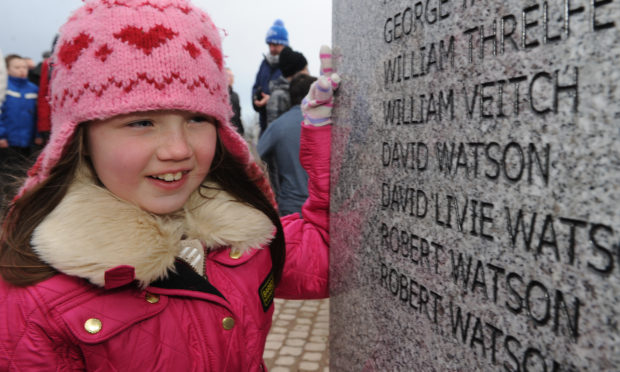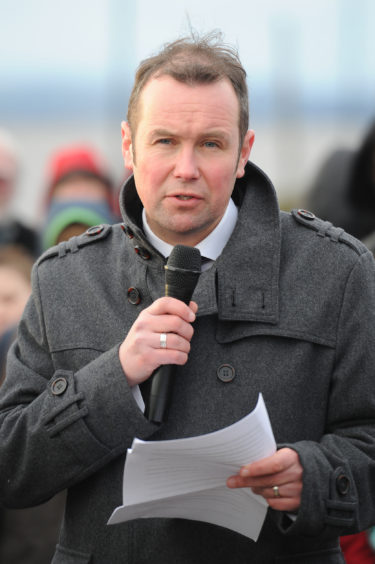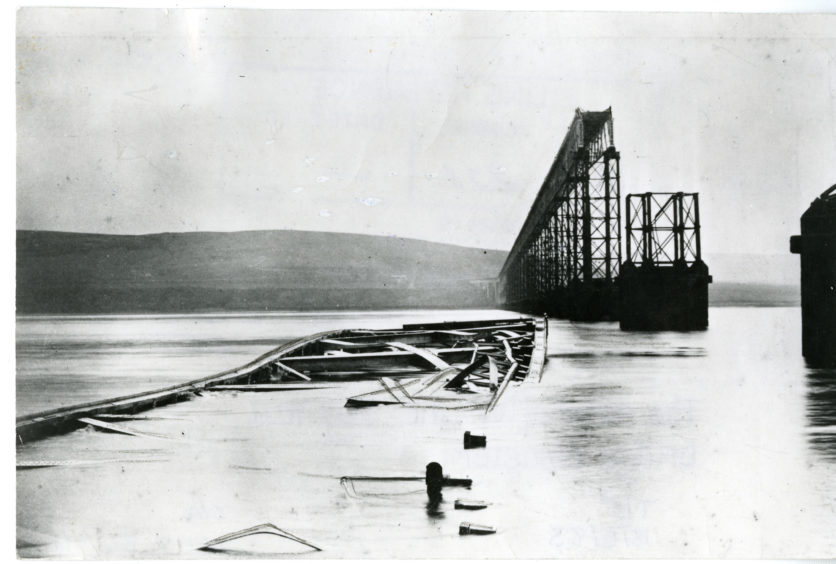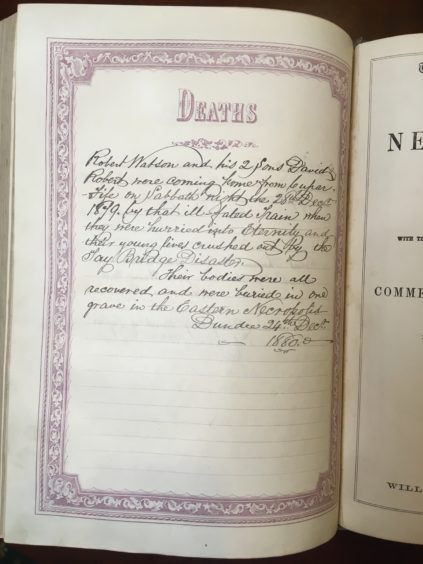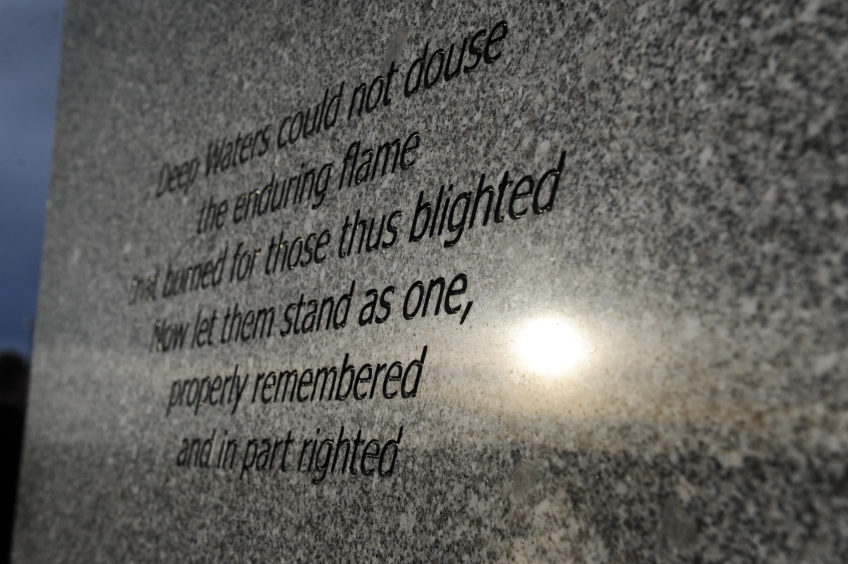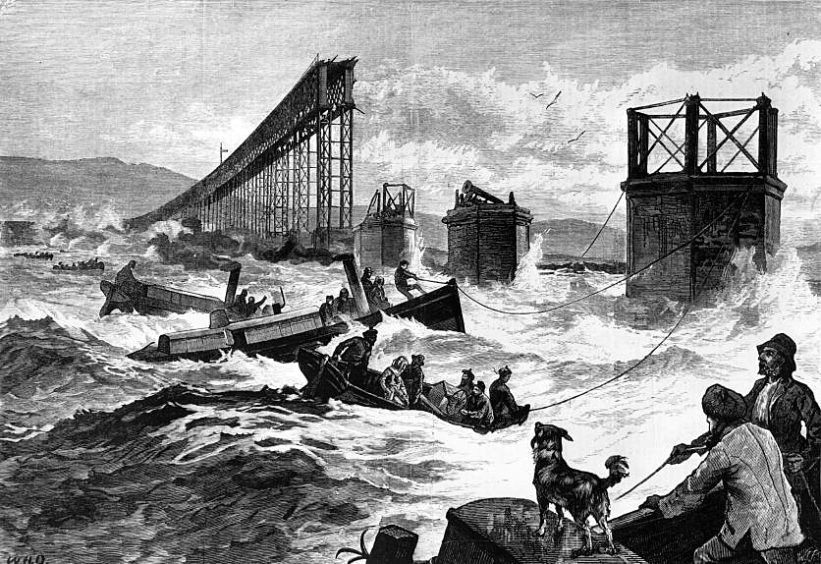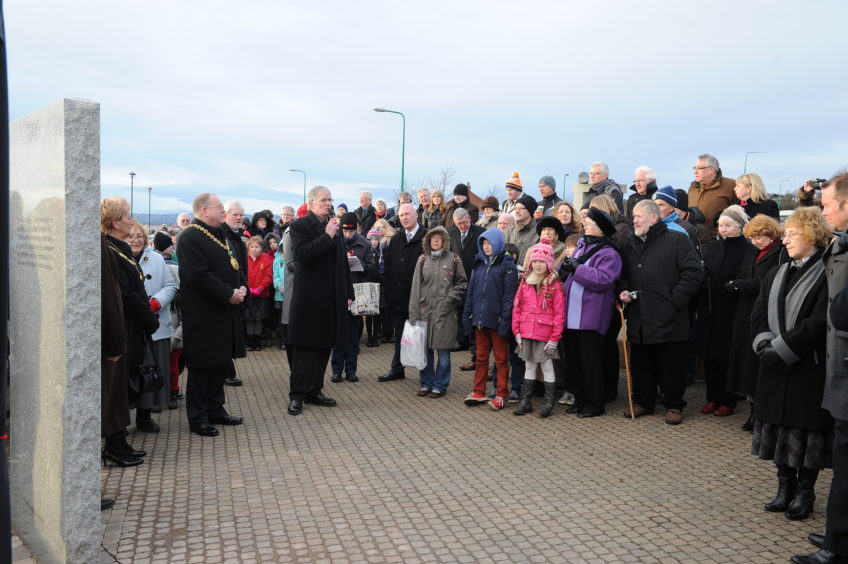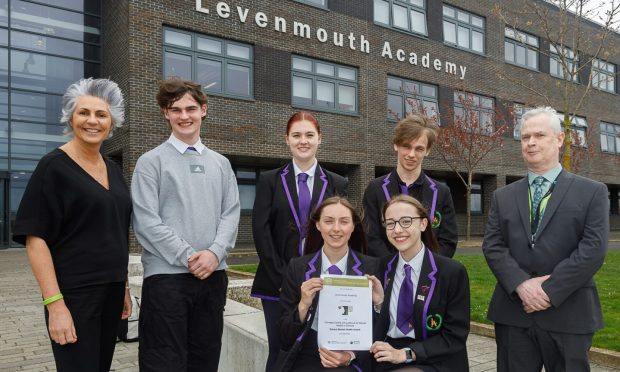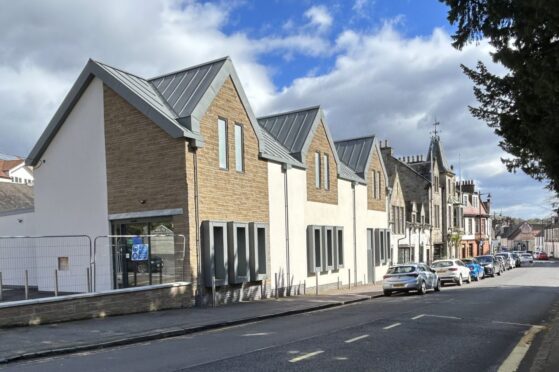A Fife councillor who is a direct descendent of one of the Tay Bridge Disaster victims has praised the trustees of the Tay Bridge Disaster Memorial Trust for all the effort they out in to raise funds and erect memorials in 2013.
St Andrews Labour councillor Brian Thomson, 46, whose great great grandfather Robert Watson, of Dundee, and two of his sons, David and Robert, died in the disaster, said that with the 140th anniversary of the tragedy being marked on Saturday December 28, the belated work to commemorate the dead had come into its own.
“Robert was 34 when he died, David was eight and young Robert was six,” said Mr Thomson, who helped unveil the memorials to the 59 confirmed dead on the 134th anniversary in 2013.
“David is often noted as being nine, as his body was found after what would have been his ninth birthday.
“Robert was an iron moulder, and he and the boys had been visiting friends or family in Ceres.”
John Prebble’s 1956 book about the disaster, The High Girders, fictionalises the family trip.
It told how: ‘Robert Watson boarded the train at Cupar and was no doubt glad to be going home.
“It had been a long day, and travelling with two high-spirited young boys, no matter how lovable, was exhausting.
“Mrs Watson had opposed her husband’s proposal to take the boys to see Fifeshire friends that Sunday, and had asked him to postpone the visit until the new year.
“But the boys had been excited by the thought of crossing the Tay, and Watson had not wished to disappoint them once he had given his promise.
“He was a gentle and kindly man, a man much moved by the emotions or the suffering of others.
“Of his four brothers, one was totally blind, and for this blind man Robert Watson had a great love.
“It was a practical love … he gave active support to the Dundee Blind Institute. In his pocket was a programme of a concert recently given in aid of the charity.’
Mr Thomson said the John Prebble book probably used a bit of artistic licence at times, but research has shown that the main points in the extract are correct.
“I’ve been aware since I was a young child that some of my ancestors had died in the Tay Bridge disaster,” he said, “but it was only when my late grandmother, Jean Thomson, showed us a family bible, that we realised how direct the family link to the tragic event was.
“The bible had been passed down to my late grandfather, John Thomson, who was Robert Watson’s grandson.
“My dad went on to find out more about our descendants, with the help of the Tay Valley Family History Society and, whilst the disaster occurred an awful long time ago, it’s very sad to read the details about it.”
The official unveiling of the memorials at Wormit and Dundee in 2013 finally commemorated the victims of the Tay Bridge Disaster of December 28 1879.
The giant granite blocks carry the names of the 59 souls that are “known to have died” in the tragedy.
The memorials, comprising three angled granite plates at both Riverside and Wormit, were crafted at a workshop in Inverurie.
The eight-feet tall memorials are turned at a 30-degree angle to give an uninterrupted view of the high girder section of the old bridge that failed during a storm.
Guests at the 2013 ceremonies included the then Fife Provost Jim Leishman, then North East Fife MP Sir Menzies Campbell, then Dundee Provost Bob Duncan and Dundee MSP Joe FitzPatrick.
The Wormit memorial was jointly unveiled by Edinburgh man David Leighton, the great grandson of the ill-fated train driver David Mitchell, and Jim Marshall from Crook of Devon, the grand nephew of train fireman John Marshall.
Mr Thomson unveiled the Riverside memorial with disaster researcher Clare Nicoll, wife of Murray Nicoll and descendent of victim Euphemia Cheape.
Mr Thomson added: “The memorials are a fitting reminder of a tragic loss of lives, and how devastating the impact of the disaster would have been for many families in the local area and further afield.
“The trustees of the Tay Bridge Disaster Memorial Trust deserve an awful lot of credit for all the effort that they put in to raising funds and erecting the memorials.”
Mr Robert Watson and his sons, David and Robert Jr, are buried in Dundee’s Eastern Necropolis.
*Read about the 140th anniversary of the Tay Bridge Disaster in this weekend’s Courier Weekend magazine, issue dated December 28, 2019.
